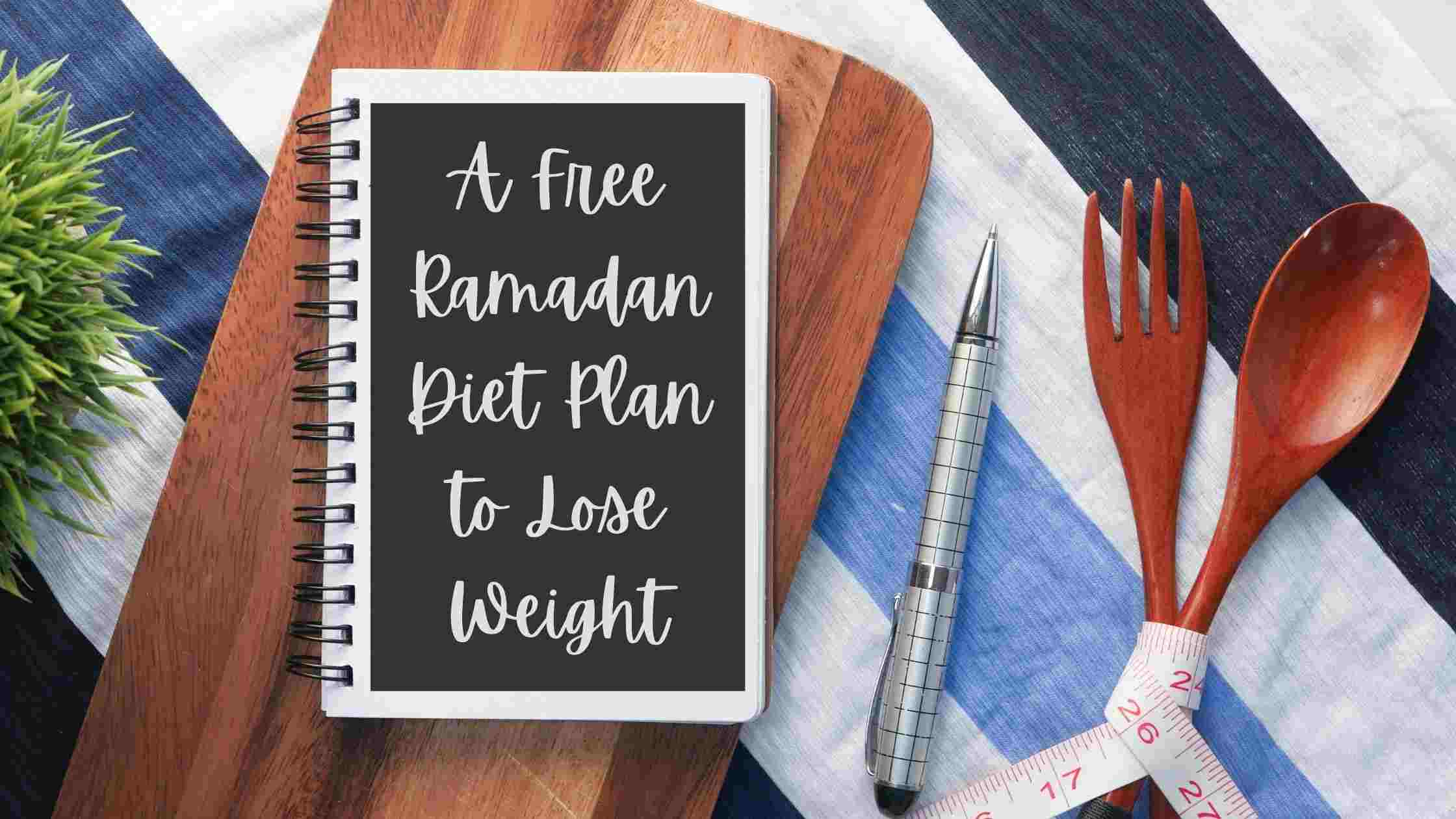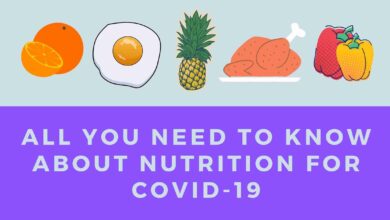To lose weight in Ramadan, you will be needing a doable Ramadan diet plan to lose weight. The purpose of losing weight in Ramadan is to make a healthy and nutritional lifestyle enjoyable and easy in every walk of life.
Here on Loaded Health, I have already discussed Ramadan 2021, Ramadan health tips, and facts about taking a healthy diet in Ramadan. But this diet plan I am sharing is tailored to suit your individual wellness and objectives and goals. So, let’s start.
This Article Contains
How This Ramadan Diet Plan to Lose Weight Will Help You?
The diet plan I am sharing below is about achieving the healthy state of mind that emerges when you feed and nourish your body right. It will help you gain more confidence and peace of mind. If you want to find the right nutritional intakes then this weight loss diet plan will help you find your own happy place of balance, energy, and good vibes. You are taking a giant step towards an improved lifestyle. Let me help you in taking a healthy step towards life.
Micronutrients and Macronutrients Breakdown
Your body needs two types of nutrients to maintain its normal function. Macronutrients and micronutrients. Carbohydrate proteins and fats are macronutrients. They provide energy and are required in a large amount. If you want to function normally you have to take them daily. They are needed for growth, provision, and other vital functions of the body.
On the other hand minerals, fiber and vitamins are micronutrients. Because your body needs a small amount of these vitamins. They play an essential role in the homeostatic function of the body. Imbalance in these macro or micronutrients can cause abnormal body weight. A healthy diet plan to lose weight contains a balanced amount of these nutrients.
A Free Ramadan Diet Plan To Lose Weight
I have a breakdown of this Ramadan diet plan to lose weight in 2 major sections one for suhoor and one for iftar. You have to keep in mind that this is the general plan that will work for the majority of the people. But still, the best approach is to calculate your BMR and your maintenance calorie. After that, create a calorie deficit to lose weight.
SUHOOR RAMADAN DIET PLAN TO LOSE WEIGHT
Option 1 – Oatmeal
Add ½ cup of uncooked oatmeal to water and boil until the oats are cooked. Now add ½ cup of milk and boil. Now add flaxseeds to it. Flaxseeds give flavor to oatmeal. If you don’t like this flavor then you can add cinnamon which will neutralize your hormones especially insulin. You can also add honey but remember each teaspoon of honey will increase 21 calories. Dates are also a good option to add in oatmeal. Though dates give extra energy it’s Sunnah. I will prefer dates. Dates provide energy slowly which is excellent for your fasting.
Option 2 – Yogurt/Buttermilk
Do you want to defeat thirst throughout the day? Then yogurt will be your best friend. You can eat it raw or make the buttermilk out of it. It will keep you hydrated throughout the day.
Option 3 – Chia Pudding
Chia will help you feel full throughout the day. They contain omega-3s which are good for heart health. Stir the chia seed in your yogurt. Enjoy the pudding.
Option 4 – Smoothie
Take any fruit of your choice, add milk to it, and a little bit of yogurt to make a smoothie. You can also add chia seeds to this smoothie.
Option 5 – Flatbread & Eggs
If you want to eat something heavy that will give you satisfaction go for this option. Use 1 flatbread of medium size with 2-3 egg whites. Don’t use excess fats and oil with this option.
WHAT NOT TO EAT IN SUHOOR
You should avoid oily foods like butter, excessive oil, and fried items during Suhoor.
IFTAR RAMADAN DIET PLAN TO LOSE WEIGHT
If you are sleeping and all of a sudden there is a huge, loud sound you listen to What will be your reaction? Of course, you will feel bad. Similarly, your stomach has been resting for the past 16 hours and suddenly if you eat a lot or heavy meal. This will have the same impact on your health.
If you want to lose weight, gently wake your stomach. Then get a full meal gradually. Break your fast with a date and a glass of water. You should drink this glass of water sip by sip. In this way, this one glass will satisfy you. Now take a 15 minutes gap and offer Maghreb prayers. Let your stomach come back to its normal routine. This might be hard for you but you have to do it.
You should include a salad or vegetable-based soup with your iftar meal to prevent overeating. It will also help you replenish lost vitamins and minerals. Focus on portion control and eat slowly.
Option 1 – Chickpea salad
Prepare a chickpea salad for you. It is a good complex carbohydrates, protein and micronutrients, and fiber source. To make this boil a cup of chickpeas then add vegetables like chopped onions, 2 tablespoons, green chili ½ teaspoon,1/2 teaspoon salt, ¾ cup chopped tomatoes, ½ cup chopped potatoes, coriander leaves, and some lemon juice. Put salt and pepper as per your taste. It will provide you around 150 calories.
Option 2 – Fruit salad
Make fruit salad in a medium bowl. Mix and match a few seasonal fruits as per your liking. Cut and add apple, banana, pear, grapes, and orange juice. It is already sweet and consists of natural sugars so don’t add refined sugar to it. This meal will provide you energy and vitamins.
Option 3 – Air Fried Mince Samosa
If you have an air fryer at home you can air fry your chicken or beef mince samosas in it. They will have proteins and carbs and very little to no fat. This will indulge your taste buds as well as be healthy.
WHAT NOT TO EAT
You should avoid excessive use of processed sugar foods. Avoid overeating. Avoid fried foods.
Avoid caffeinated drinks like coffee, black tea, and soda drinks.
DINNER
I advise you to have an iftar plus dinner together. Or what you can do is do exercise after 2 hours of iftar and after your tarawih prayers get your dinner. Your dinner should not include carbohydrates. So, here is the best option for you.
You can take steamed vegetables and chicken steak for dinner.
WATER
Drinking more water plays a key role in weight loss during Ramadan. In this way, you will avoid dehydration in fasting hours, and sugar consumption after breaking fast remains controlled. You should drink two glasses of water between the Iftar and Maghreb prayer. Take 4 glasses of water between suhoor and iftar. Take two glasses of water between meals.
Perform light exercises like cycling, walking, or light machines. Stay healthy, stay safe.
Best of luck! Follow our Facebook Page for daily Ramadan tips.






